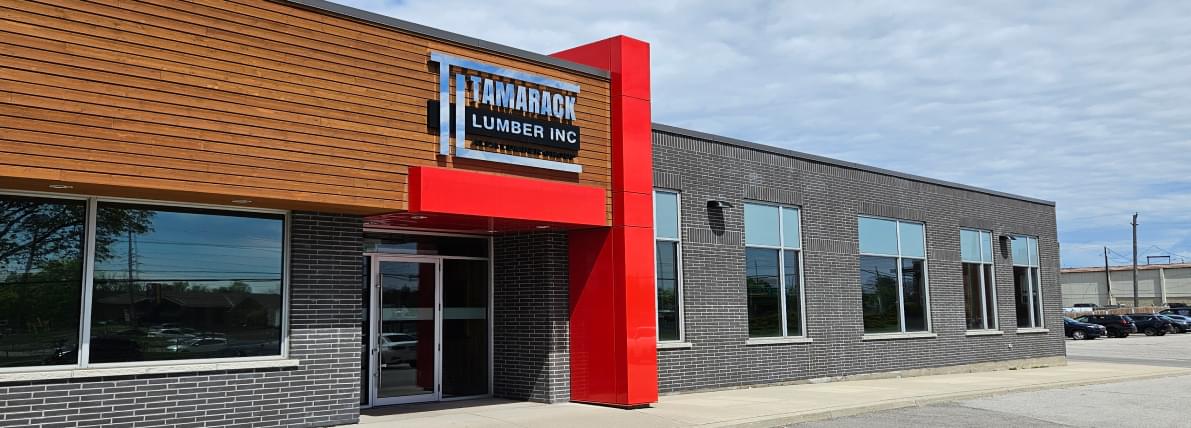
How To Install Roof Trusses Depending On The Length?

A roof truss is key for the stability of a roof. The previous blog saw the importance of lifting beams and spreader bars during the installation of these engineered roof trusses. However, the lifting protocol is a bit different for each roof truss, mainly dictated by the length of the truss. In this blog, Tamarack Lumber Inc., a manufacturer of quality roof trusses in Ontario, will address the lifting protocols for roof trusses of three different lengths.
Installing Roof Trusses Depending On The Length
Roof Trusses With Length Of Less Than 30 Feet
Since this is a relatively short roof truss, there is no need for a spreader bar. Simply take two pick-up points towards the top end of the roof truss and make sure they are at least 15 or so feet apart, or half the length of the roof truss. When lifting through the pick-up points, ensure the angle of the sling or chain used is about 60 degrees or less for stability.
Roof Trusses With Length Of 30 To 60 Feet
This is a moderately long roof truss, necessitating the use of a spreader bar. In this case, the length of the spread bar should be at least half or two-thirds the length of the actual roof truss. The idea is to make the lines of the sling slope inwards, creating a toe-in effect.
Roof Trusses With Length Exceeding 60 Feet
This is quite long in terms of standard roof trusses. In such cases, the length of the spreader bar should be around two-thirds or three-fourths the length of the roof truss. To prevent any lateral bending, make sure to place the spreader bar in such a way that it is attached to the top of the truss every 10 feet or so.
Thus, by following this general guideline for engineered roof trusses, one can easily install any roof truss. For all your roof truss requirements, reach out to us at Tamarack Lumber Inc. today. Our engineered roof trusses guarantee quality craftsmanship and design versatility. For more details, contact us at 905-335-1115 today.

